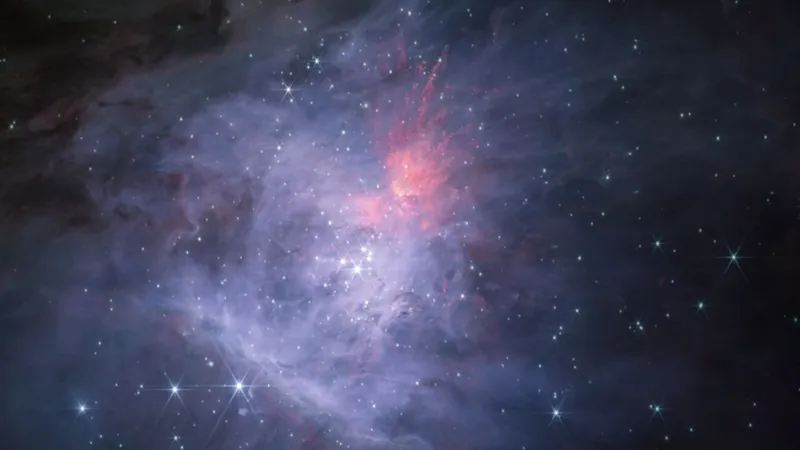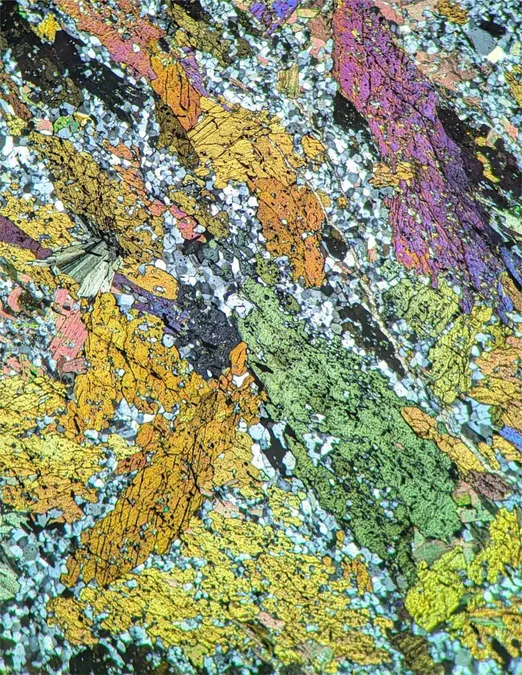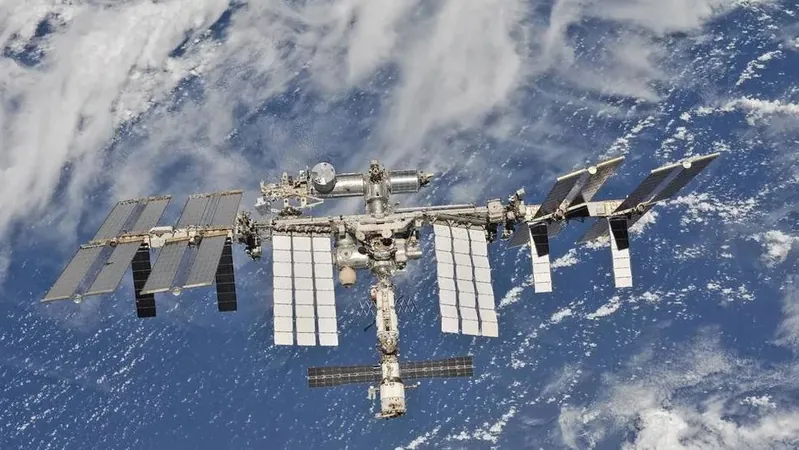
Unveiling the Mystery of Jupiter-Mass Binary Objects: New Insights from the Orion Nebula
2024-11-11
Author: William
Introduction
Deep in the heart of the Orion Nebula, scientists are inching closer to unraveling one of the great enigmas of astrophysics: the formation of Jupiter-mass binary objects, affectionately dubbed JuMBOs. This recently published research by Dr. Richard Parker, alongside undergraduate researcher Jessica Diamond, shines a light onto an area previously cloaked in uncertainty, and their findings are now making waves in The Astrophysical Journal.
Groundbreaking Revelations
The groundbreaking revelations came following the discovery of JuMBOs within the Orion Nebula Cluster, captured by the highly advanced James Webb Space Telescope. This finding has ignited considerable debate surrounding the origin of these free-floating, planetary-mass companions in star-forming regions, challenging our conventional understanding of astrophysical formation processes.
Understanding JuMBOs
While it’s established that stars typically arise from the gravitational collapse of massive gas clouds, with planets forming from surrounding dust and gas disks, the origin of JuMBOs remains perplexing. Unlike traditional planets which orbit a star, JuMBOs exist in binary systems, circling each other, and their relatively small mass doesn’t fit the typical stellar formation narrative.
The Photoerosion Theory
So what explains their existence? Dr. Parker and Diamond introduce an innovative theory of “photoerosion.” They suggest that JuMBOs begin their formation process similarly to that of stars, but their development is thwarted by intense radiation from nearby massive OB stars. These powerful OB stars unleash streams of radiation that strip away the hydrogen gas encasing the nascent JuMBOs, a phenomenon that effectively stunts their growth—hence the term photoerosion.
Refining Theories of Formation
Their theory refines an earlier concept of how planetary-mass objects might form near such massive stellar bodies, adding sophistication by considering contemporary observations that indicate most stars naturally form as binary systems. This nuanced approach potentially elucidates how the radiation from massive stars can intervene in early binary formation, ultimately leading to the creation of free-floating JuMBOs.
Ongoing Research
While this research brings us closer to the true nature of JuMBOs, the quest is far from over. The origin of these mysterious planetary companions continues to be a vital subject of ongoing study. Future observations, particularly from the James Webb Space Telescope and other instruments positioning themselves at the forefront of astrophysical research, will be critical in confirming the existence of JuMBOs and further unraveling their role in the cosmic tapestry.
Conclusion
The discovery of these intriguing objects not only fills a gap in our knowledge of planetary formation but raises new questions about the dynamics of star and planet formation in complex environments. As the scientific community continues to delve deeper into the wonders of the Orion Nebula, we can anticipate even more astonishing revelations that could reshape our understanding of the universe.









 Brasil (PT)
Brasil (PT)
 Canada (EN)
Canada (EN)
 Chile (ES)
Chile (ES)
 España (ES)
España (ES)
 France (FR)
France (FR)
 Hong Kong (EN)
Hong Kong (EN)
 Italia (IT)
Italia (IT)
 日本 (JA)
日本 (JA)
 Magyarország (HU)
Magyarország (HU)
 Norge (NO)
Norge (NO)
 Polska (PL)
Polska (PL)
 Schweiz (DE)
Schweiz (DE)
 Singapore (EN)
Singapore (EN)
 Sverige (SV)
Sverige (SV)
 Suomi (FI)
Suomi (FI)
 Türkiye (TR)
Türkiye (TR)